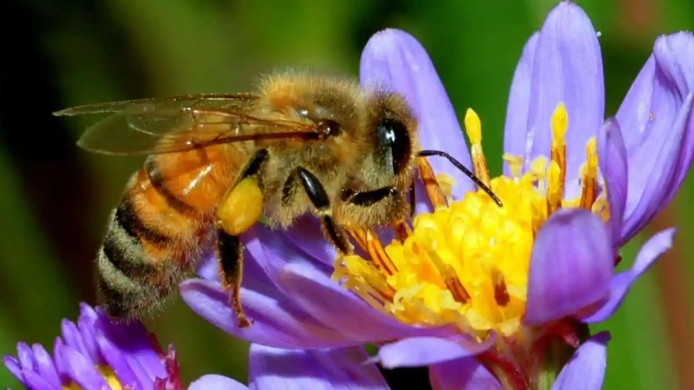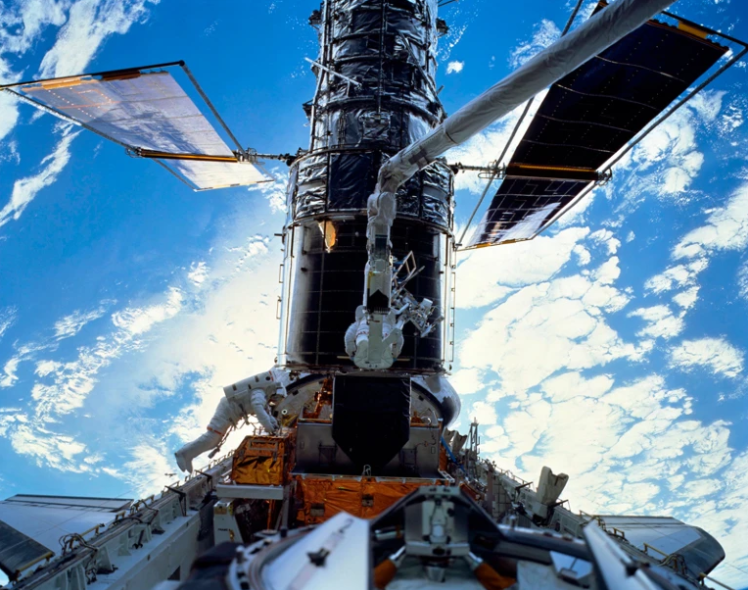Australian scientists have identified 71 new species of native bees, dramatically expanding the known diversity of resin pot bees, a group unique to Australia, said a study by the University of Adelaide.
Found in every Australian state and territory except the island state of Tasmania, these solitary bees, with a scientific name Megachile (Austrochile), are known for building protective brood pots from plant resin, which they attach individually or in clusters to twigs and tree bark, according to a press release from the university on Monday.
This group was once thought to include just seven species. That number grew over time with the addition of specimens collected during field collection trips and the rediscovery of undescribed species hidden in museum collections, said the study’s lead author Remko Leijs from the South Australian Museum.
Of the 71 new bees described, 23 were found in the field and 20 were previously misidentified or overlooked in entomological archives, according to the study published in the Australian Journal of Taxonomy.
Despite their critical role as pollinators of native plants and crops, Australia’s bees remain poorly understood, said co-author Katja Hogendoorn from the University of Adelaide.
“We may be losing species that we don’t even know about yet,” Hogendoorn said, adding roughly a third of native bee species may still be unknown to science, and limited funding for taxonomy hinders conservation efforts.
Among around 1,700 known native bee species in Australia, there are now 78 known resin pot bee species — nearly half of which are found only in a single location, raising concerns about their vulnerability, researchers said.
Co-author James Dorey from the University of Wollongong, said, “These species are likely to have a limited distribution, but realistically, we don’t have enough information about their occurrence or population sizes to say much about their conservation status.”
However, feral European honeybees are outcompeting Australian native bees, reducing their fitness and number of offspring, and forcing native bees into decline, according to a report from local online science news service Cosmos on Wednesday.
About 2,200 native bee species range around Australia, many of which are important pollinators of Australia’s unique flora. “Around five hundred of these are yet to be described,” Cosmos quoted native bee entomologist Kit Prendergast of Curtin University as saying.
The introduction of exotic European honeybees (Apis mellifera) in the 1820s has had an under-appreciated impact on native bees. Forced to share pollen resources with a much more numerous competitor, the natives have struggled, with less food meaning lower reproductive rates, skewed sex ratios and reduced populations within this vital insect group, said Prendergast.




